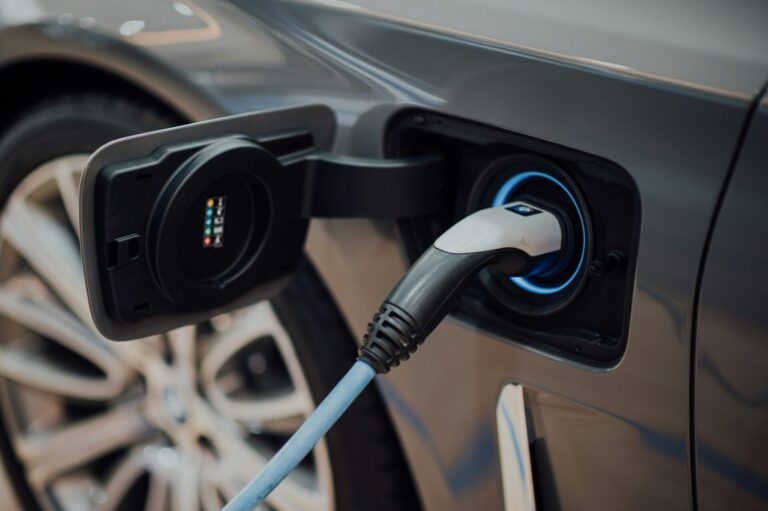The UK is increasing its efforts to expand energy storage. With more renewable power on the grid and demand for long-term stability rising, regulators and developers are backing new large-scale projects. Ofgem’s new “super battery” scheme is designed to make the system more reliable and prevent renewable electricity from being wasted when generation is higher than demand.
Ofgem’s Super Battery Push
In April 2025, Ofgem launched its cap and floor regime for long-duration electricity storage (LDES). It is the first major step in large-scale clean power storage for around 40 years. The system aims to give developers more certainty by guaranteeing a minimum income while limiting returns that are too high, helping protect consumers.
Ofgem has now confirmed that 77 projects have reached the final assessment stage under the “super battery” scheme. Together, they represent nearly 29 GW of potential capacity — more than half of the UK’s winter peak demand. The scheme is open to a range of technologies, including pumped hydro, compressed air, liquid-air systems, and long-duration batteries.

Industry Reaction
The scheme has been welcomed as an important move to support renewable growth and strengthen the grid. Energy UK called it ‘a key step towards net zero.’ But some battery storage companies are concerned. They argue the scheme’s design may put conventional battery projects at a disadvantage and could even raise costs for consumers. Industry groups have warned this could add as much as £2.2 billion in certain cases.
Battery Projects Growing
Alongside Ofgem’s scheme, activity in the market is increasing. In 2025 so far, 1.6 GWh of new battery storage has been submitted for approval, a 10% increase compared with last year. Approvals have already been granted for 8.9 GWh of capacity.
One example is a 300 MW / 2,400 MWh portfolio submitted by Root-Power. This shows the shift towards multi-hour systems that can provide flexibility for longer periods, rather than just short bursts.
Preparing for Hydrogen Storage
Plans are also moving forward for large-scale hydrogen storage. The proposed “Gateway” project would use underground salt caverns and could provide up to 9 TWh of capacity. This would allow excess renewable power to be turned into hydrogen, stored, and used later when needed.
Hydrogen storage could also support industries and transport, while adding more flexibility to the overall energy system. In the longer term, such sites may even be adapted for carbon storage, creating multi-purpose facilities.
Key Points for the Energy Sector
-
Policy Support is Building:
The “super battery” scheme gives a clearer path for long-duration storage, though adjustments may still be required.
-
Battery Projects are Scaling Up:
Multi-hour systems are becoming more common and will be central to future grid stability.
-
Hydrogen Has Strong Potential:
Storage at scale could help absorb renewable surpluses and support energy-intensive sectors.
-
A Mix of Technologies is Needed:
Batteries, hydro, and hydrogen will all play a role in building a secure, net zero energy system.
Ofgem’s “super battery” programme marks a major step in UK energy storage. By moving from small trials to large-scale projects backed by a clear framework, storage is set to become a core part of the country’s low-carbon future. For developers, investors, and planners, the next few years will be crucial in shaping how these projects are delivered and integrated into the energy system.






